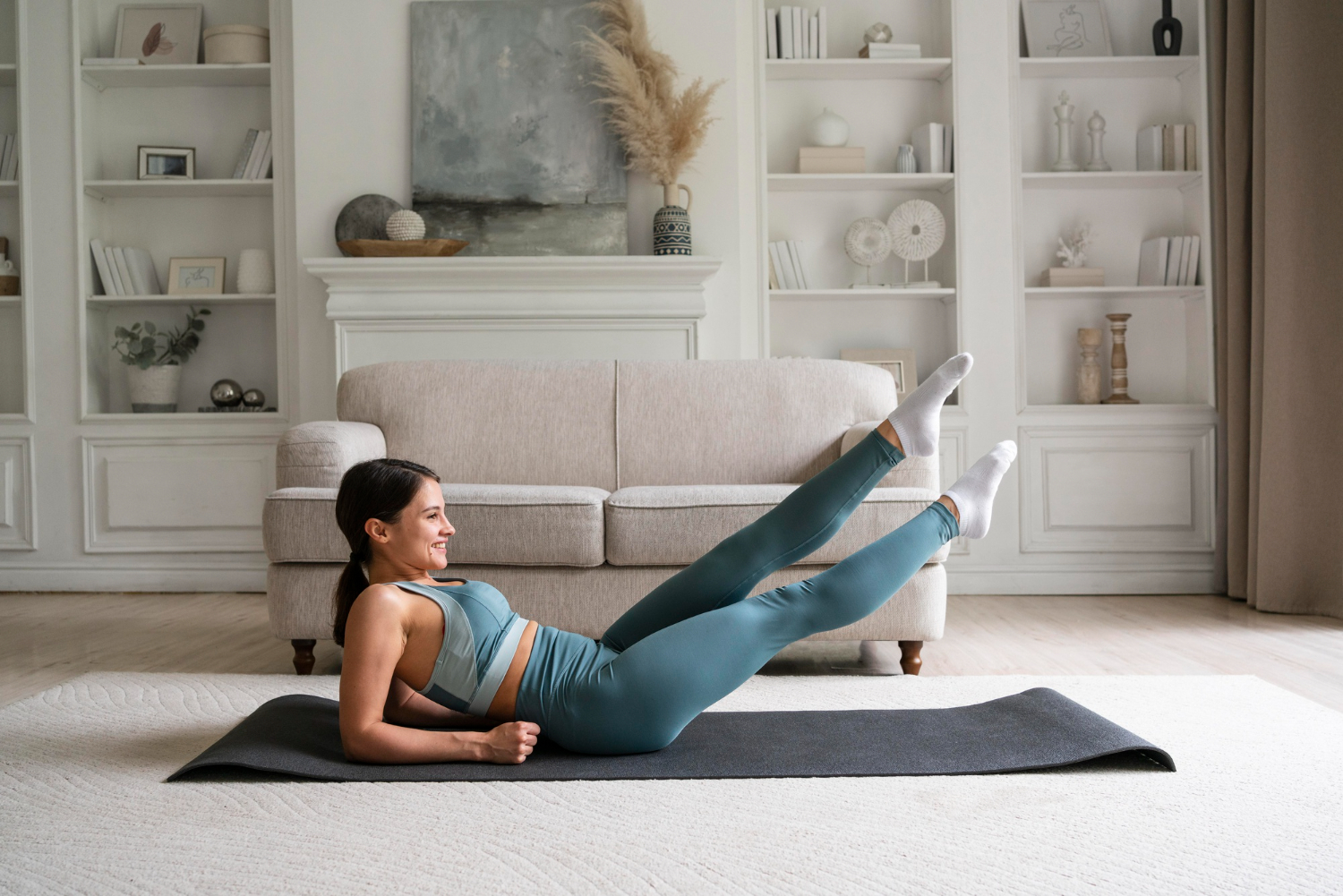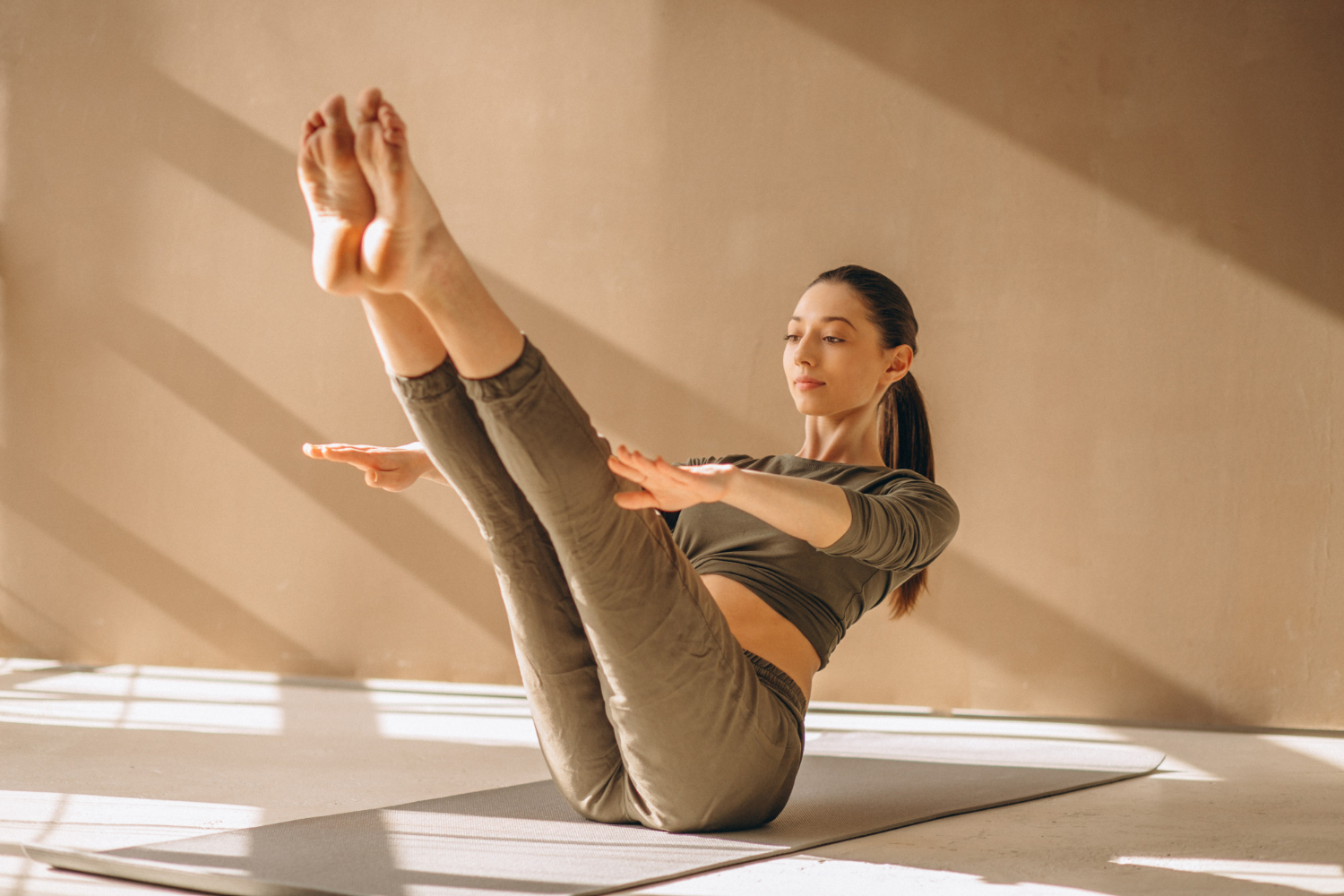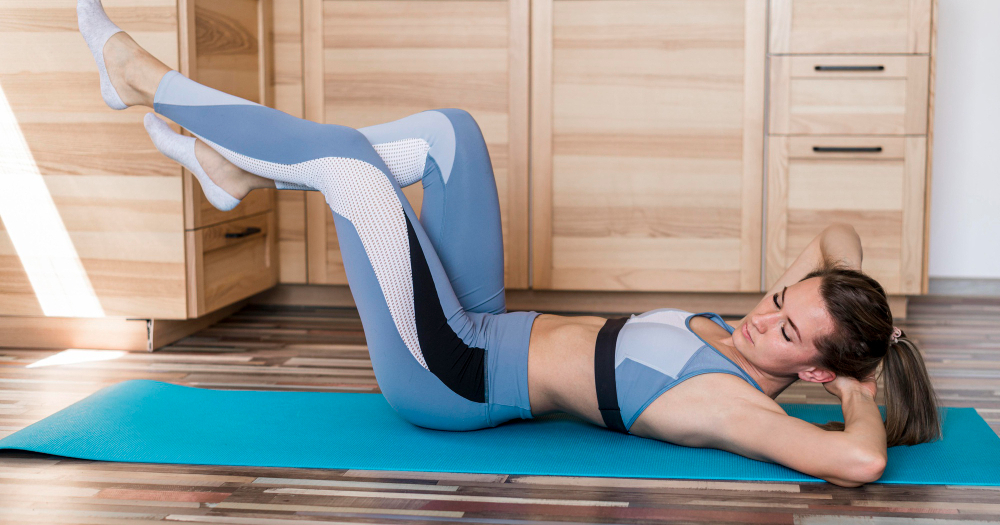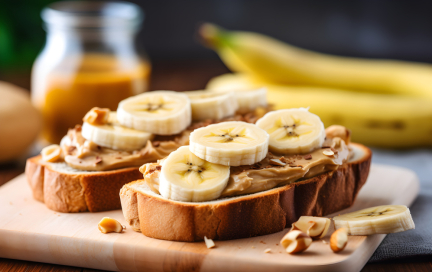{{ banner_block|raw }}
What are leg lifts?
Leg lifts are a bodyweight exercise where you raise your legs from a lying, seated, or hanging position to engage the core and lower-body muscles. They’re often associated with abdominal training but offer full-body benefits depending on the variation used.

There are many types — from lying leg lifts to hanging leg lifts, reverse leg lifts, and standing side leg lifts — each targeting different muscle groups.
Benefits of leg lifts
Core activation: Leg lifts target the lower abdominals, which are often difficult to engage with traditional crunches.
Hip flexor strength: They train key muscles used in walking, running, and lifting.
Posture support: Strong abs and hips support spinal alignment and reduce back pain.
No equipment needed: You can do leg lifts anywhere — from the living room to the hotel room.
Progressive challenge: Variations allow you to scale up as you get stronger.
Muscles worked during leg lifts
Leg lifts primarily target:
Rectus abdominis (your “six-pack” muscle)
Hip flexors (especially the iliopsoas)
Obliques (with side or twisting variations)
Glutes and hamstrings (especially in reverse or standing lifts)
Quadriceps (as stabilizers)
Hanging leg lifts and advanced side leg lifts also engage upper body muscles like your shoulders and grip.
How to perform traditional leg lifts
Basic lying leg lifts (great for beginners):
Lie flat on your back, arms by your sides or hands under your hips.
Extend both legs straight out.
Engage your core and slowly lift your legs up to a 90° angle.
Lower back down with control — don’t let your heels hit the ground.
Repeat for 10–15 reps.
🏋️ Training made simple — and 70% off.
Use promo code MEDIUM and start building a stronger core with us today.
Common mistakes to avoid
Arching your lower back: Always keep your lower back in contact with the floor.
Using momentum: Swinging your legs reduces core engagement.
Not engaging your core: Brace your abs as if someone were about to punch you.
Overreaching range: Only lift to a point where you maintain control and form.
Variations of leg lifts
Explore these for added challenge and muscle engagement:
Side leg lifts: Lie on your side and lift the top leg to work glutes and outer thighs.
Hanging leg lifts: Hang from a pull-up bar and raise legs — this is intense on your abs and grip.
Reverse leg lifts: Lie on your stomach and lift legs to target glutes and lower back.
Standing leg lifts: Great for balance and functional strength — lift leg forward, sideways, or backward while standing.
Seated leg lifts: Sit on the floor, lean back slightly, and lift legs together — excellent for ab burnout.

Progression exercises for building strength
If you're new to leg lifts, try:
Bent-knee leg raises: Easier than straight legs, great for beginners.
One-leg lifts: Alternate legs to reduce core load.
Resistance band leg lifts: Add a band around your thighs for more challenge.
Weighted leg lifts: Hold a dumbbell between your feet if you’re more advanced.
Safety considerations and modifications
If you feel lower back strain, place hands under your hips or limit range of motion.
Pregnant or postpartum? Avoid lying flat; try side or standing variations instead.
Always warm up before and cool down after to avoid injury.
Incorporating leg lifts into your workout routine
You can plug leg lifts into your:
Ab circuits
Leg day as a finisher
Full-body bodyweight workouts
HIIT routines for explosive core intervals
Mobility and balance drills using standing versions
Try 2–3 sets of 10–15 reps or go for timed intervals like 30 seconds per variation.
















